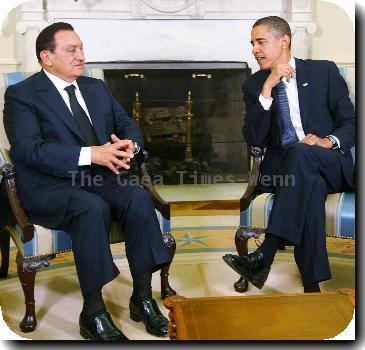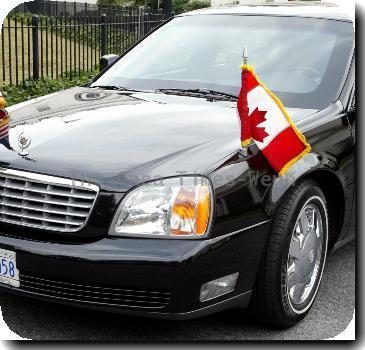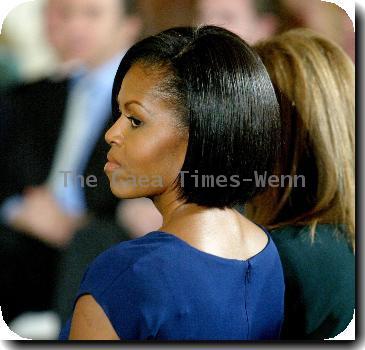Private hiring weak as census jobs lift payrolls by 431,000, jobless rate dips to 9.7 pct.
By Jeannine Aversa, APFriday, June 4, 2010
Economy adds 431K jobs but few in private sector
WASHINGTON — Job creation by private companies grew at the slowest pace of the year in May, even while the hiring of temporary census workers drove overall payrolls up 431,000. The unemployment rate dipped to 9.7 percent as many people gave up searching for work.
The Labor Department’s new employment snapshot released Friday suggested that outside of the burst of hiring of temporary census workers by the federal government many private employers are wary of bulking up their work forces.
That indicates the economic recovery may not bring relief fast enough for millions of Americans who are unemployed.
Virtually all the job creation in May came from the hiring of 411,000 census workers. Such hiring peaked in May and will begin tailing off in June.
By contrast, hiring by private employers, the backbone of the economy, slowed sharply. They added just 41,000 jobs, down from 218,000 in April and the fewest since January.
“Although the economic outlook is improving, the recovery is still pretty tepid,” said Paul Ashworth, senior U.S. economist at Capital Economics.
President Barack Obama acknowledged that temporary census jobs drove the overall payroll gain. But he said private sector hiring is growing. He noted five straight months of job gains after devastating losses from the recession. He said the recovery is still in its early stages, and that it will be uneven in the months ahead.
“The economy is getting stronger by the day,” Obama said during a speech Friday.
However, Wall Street took the report as a disappointing setback. Many investors had grown optimistic in recent days that the economy was gaining strength and that would be reflected in the May employment data. They hoped a strong U.S. jobs report would put aside some concerns that Europe’s debt crisis could upset the U.S. recovery. The weak private-hiring data sent a reminder that economic obstacles at home and abroad remain.
The Dow Jones industrial average tumbled about 180 points, or 1.8 percent, in midmorning trading.
As stock prices sink, consumers may become more reluctant to spend more. And if consumer spending falters, employers could become even more reluctant to ramp up hiring.
The unemployment rate, which is derived from a separate survey than the payroll figures, fell to 9.7 percent from 9.9 percent. The dip partly reflected 322,000 people leaving the labor force for a variety of reasons.
All told, 15 million people were unemployed in May.
Counting people who have given up looking for work and part-timers who would rather be working full time, the “underemployment” rate fell to 16.6 percent in May from 17.1 percent in April. That reflected fewer people forced into part-time work. Still, the high underemployment figure shows how difficult it is for jobseekers to find work.
The number of people out of work six months or longer reached 6.76 million in May, a new high. They made up 46 percent of all unemployed people, also a record high.
Employers across a range of industries last month added jobs at a slower pace — or cut them. Factories, professional and business services, leisure and hospitality companies, and education and health care firms all slowed hiring. Financial services, construction companies and retailers all pared jobs. Government, however, led the way in hiring, adding a whopping 390,000 positions last month.
Job gains in April were the same as first reported, while payrolls in March were slightly less — 208,000 versus 230,000.
The prospect of persistently high unemployment is likely to prevent consumers from going on the kinds of shopping sprees they typically do during early phases of recoveries. That’s a key reason why this recovery isn’t as energetic as those usually seen in the past.
Workers did see wages rise modestly last month.
Nationwide, average hourly earnings rose to $22.57, from $22.50 in April. However, inflation was nibbling into paychecks. Over the past 12 months, wages rose 1.9 percent, while inflation was up 2.2 percent.
The unemployment rate in October hit 10.1 percent, a 26-year high. Some analysts think it could go a bit higher and peak at 10.2 or 10.4 percent by June. However, that’s lower than some forecasts earlier this year of 11 percent.
About 125,000 new jobs are needed each month just to keep up with population growth and prevent the unemployment rate from rising.
Hiring isn’t expected to be consistently strong enough to quickly drive down the unemployment rate this year. Economists think the rate will remain above 9 percent by the November midterm elections. That could make Democratic and Republican incumbents in Congress vulnerable.
Only 20 percent of Americans consider the economy in good condition, according to an Associated Press-GfK Poll conducted in mid-May.
Chrysler LLC said and Ford Motor Co. last month announced plans to hire as auto sales have risen. But others are still laying off workers. Hewlett-Packard Co. said this week it is cutting 9,000 jobs in its technology services division. And chocolate-maker Hershey Co. may cut 600 jobs.
Tags: 2010 United States Census, Barack Obama, Censuses, Demographics, Events, Labor Economy, North America, Personnel, United States, United States Census, Us-economy, Washington





